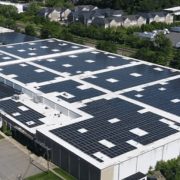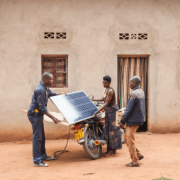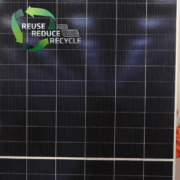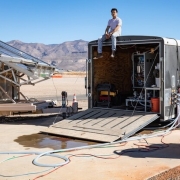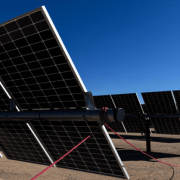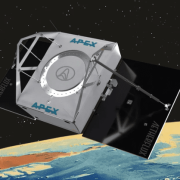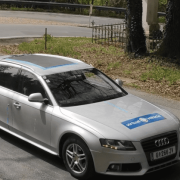Walmart announced it will invest in 74 Solar Landscape community solar projects in Maryland and Illinois.
The commercial rooftop projects are currently under construction and are expected to be energized in 2024 and 2025. They will create nearly 43 MWDC of solar capacity for the surrounding communities, enough power to serve the equivalent of over 3,600 homes.
Approximately half of the portfolio is designed to reduce energy costs for low- and moderate-income (LMI) households. In total, Solar Landscape estimates that the projects will save subscribers about $1 million annually on energy bills.
Click here to read the full article
Source: Solar Power World
—
If you have any questions or thoughts about the topic, feel free to contact us here or leave a comment below.

